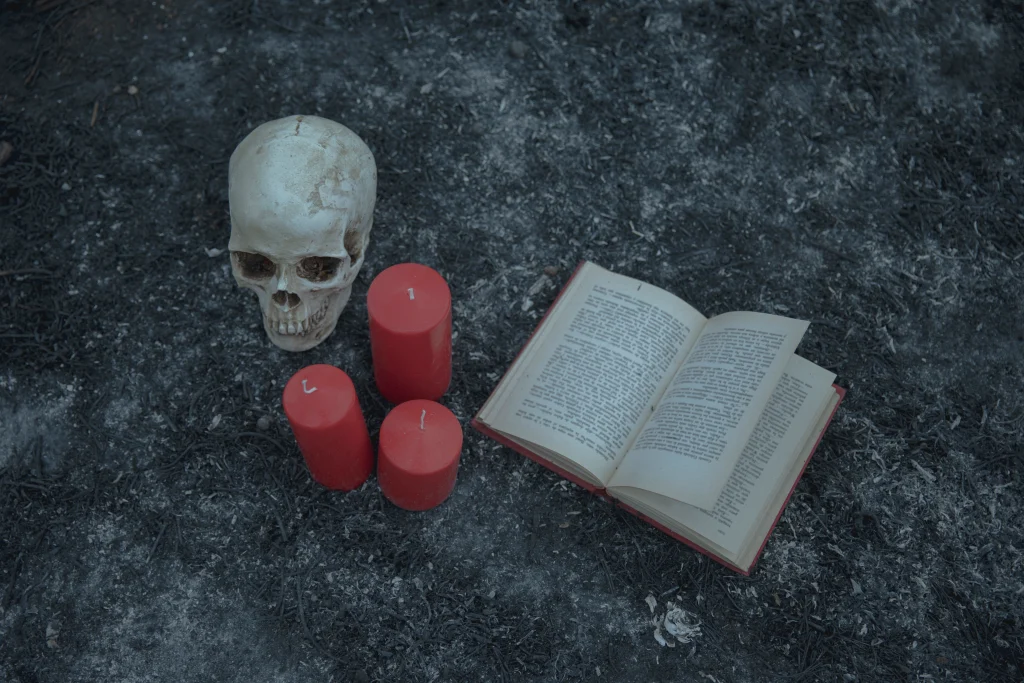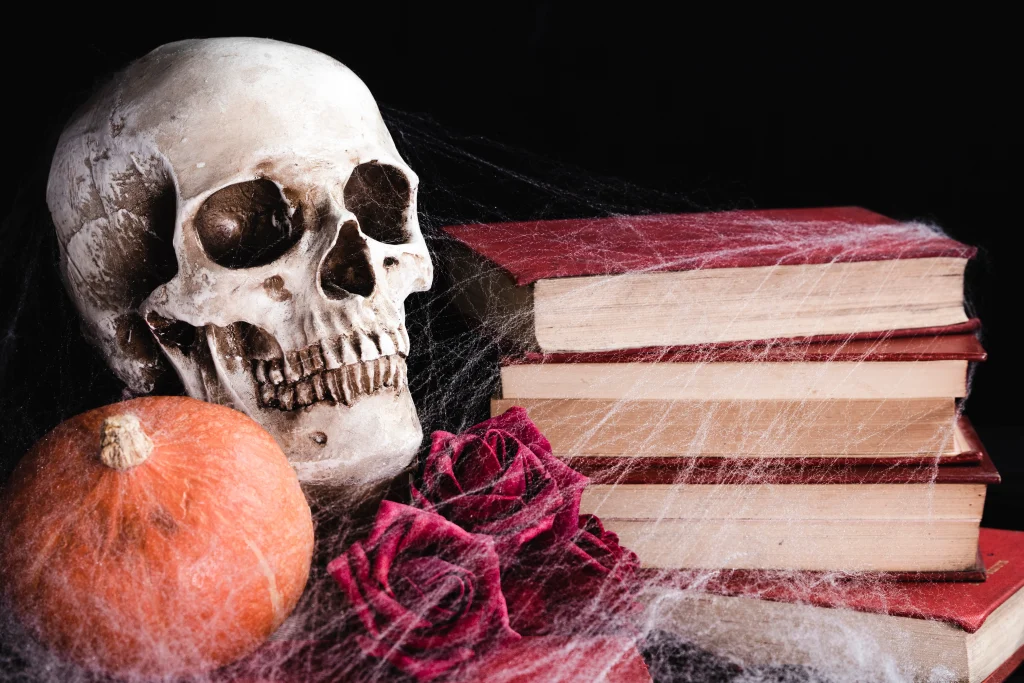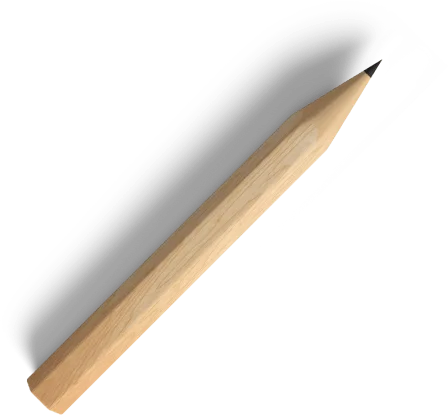Horror has been with us since humans sat around fires. Yet one moment changed everything. Someone picked up a pen and thought, why not scare people on paper. That bold spark gave us the first horror book. It opened a new door for fear. Suddenly, readers could get chills without stepping outside at night.
This question matters because every great genre has a beginning. We watch horror movies and read creepy stories today. But all roads lead back to one strange, gothic moment in history.
Table of Contents
ToggleWhy Ask this Creepy Question Anyway

Fear is one of the oldest feelings we have. People like safe scares. We enjoy goosebumps as long as real danger stays away. So it makes sense that horror fans ask where written fear began. It feels like digging into the roots of a haunted tree.
Also, this topic is a fun one for book lovers. It pulls us into candlelight, shadowy halls, and wild imagination. And it shows us the person who looked at paper and thought, let’s make nightmares print-friendly.
Oral tales came first, of course. Scary legends warned kids and entertained villages. But we are here to meet the first brave soul who turned those whispers into a written horror story.
Before Pages Held Screams: Ancient Fear Culture
Fear did not wait for paper. Long before anyone grabbed a pen, people already knew how to spook each other.
Campfire Tales and Old Scares
People told creepy stories long before books. Fire flickered. Someone leaned in and whispered about spirits in the woods. These stories shaped how we understand fear. They taught lessons. They also entertained long before Netflix existed.
Myths that Shook Old Civilizations
Ancient myths bring chills too. Greek stories had ghosts seeking revenge. Norse sagas spoke of restless dead warriors. Japanese kaidan tales warned of spirits with sharp anger. These early works showed that fear was universal. Yet they were not the first written horror story as we know it. They planted the seed though. Soon, ink would carry the fright.
So…Which Book Officially Started Horror?

Most scholars agree on one answer. The title goes to The Castle of Otranto by Horace Walpole. It came out in 1764. Readers at the time did not see books like this. It had castles, family curses, strange visions, and a giant helmet falling from the sky. Yes, a helmet. Horror has always had style.
This book blended spooky events with raw emotion. It shaped the future of gothic writing. Modern horror owes much to this moment. That is why many call it the first horror book. Even if older stories scared people, this one planted a clear flag. It announced horror as a real genre.
Literary Debate Still Pops Up
Some experts argue for older works. They point to ancient ghost stories from Japan and Greece. They also mention medieval legends that feel pretty scary. But those tales were not structured like a novel. They were folklore and myth.
Walpole created a format readers could hold and reread. That made all the difference. It turned fear into personal imagination. It also paved the way for every future written horror story that came after.
The Evolution of Horror Stories
Here’s a quick comparison to show how horror stories have evolved over centuries.
| Category | Ancient Horror | The Castle of Otranto | Modern Horror |
| Setting | Temples and nature | Gothic castle | Anywhere |
| Monsters | Gods and ghosts | Cursed family spirits | People, spirits, trauma |
| Style | Oral tales | Printed novel | Books, shows, games |
| Goal | Teach values | Create fear | Explore emotions and fear |
| Audience | Whole community | Curious readers | Everyone |
Horror changed form but kept one thing the same. Humans love a good scare.
Why Walpole’s Book Truly Stands Out
This novel mixed the real world with supernatural ideas. It was not afraid to go strange and dramatic. Readers saw fate, guilt, fear, and eerie scenes all inside one castle. That tone inspired later legends like Frankenstein and Dracula.
It set the mood for storms, candles, long halls, and secrets in the dark. Horror had a new home in literature. It also created the vibe fans still adore today. It made readers lean in and imagine fear in new ways. That moment shaped every future written horror story.
How Early Horror Still Shapes Today

Modern horror explores new themes but keeps old bones. Instead of castles, we get suburbs. Instead of curses, we get mind games. But the heart stays the same. We read, feel uneasy, and enjoy feeling alive. That idea started when one writer dared to try something new.
The first horror book showed fear could live in words and last forever. Now we get ghost novels, eerie podcasts, creepy films, and spooky games. It all began with that single creative leap.
Final Thoughts
Horror will always evolve, yet the origin stays important. When Horace Walpole wrote that strange castle tale, he sparked a legacy. People still chase that thrill today. Every time we curl up with a scary book, we join a long chain of brave readers. And it all began with one bold book, one curious mind, and a taste for gothic chills.
At Ghostwriting Assistance, we take pride in launching indie and established authors who delve in the genre of horror. We make sure that their book is provided with full support and is brought to the audience flawlessly. If you have a chilling tale brewing inside you, reach out to our experts today!
Frequently Asked Questions
1. What is considered the first horror book ever written?
The first recognized horror book is The Castle of Otranto by Horace Walpole, published in 1764. It introduced supernatural fear and Gothic elements that defined the genre.
2. Why is The Castle of Otranto important in horror history?
It was the first novel written to intentionally scare readers. Walpole’s mix of ghosts, curses, and dark family secrets shaped the foundation of all modern horror fiction.
3. Who is known as the father of horror fiction?
Horace Walpole is often called the father of horror fiction because his work created the Gothic style that inspired later writers like Mary Shelley and Edgar Allan Poe.
4. What came after The Castle of Otranto in horror literature?
After Walpole, authors like Ann Radcliffe, Matthew Lewis, and Mary Shelley expanded horror’s reach, exploring psychological terror, the supernatural, and human monstrosity.
5. How has horror changed since the 18th century?
Horror has evolved from Gothic castles and prophecies to psychological thrillers, science fiction, and everyday fears. Yet its goal remains the same: to explore what terrifies us most.

